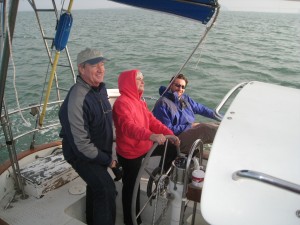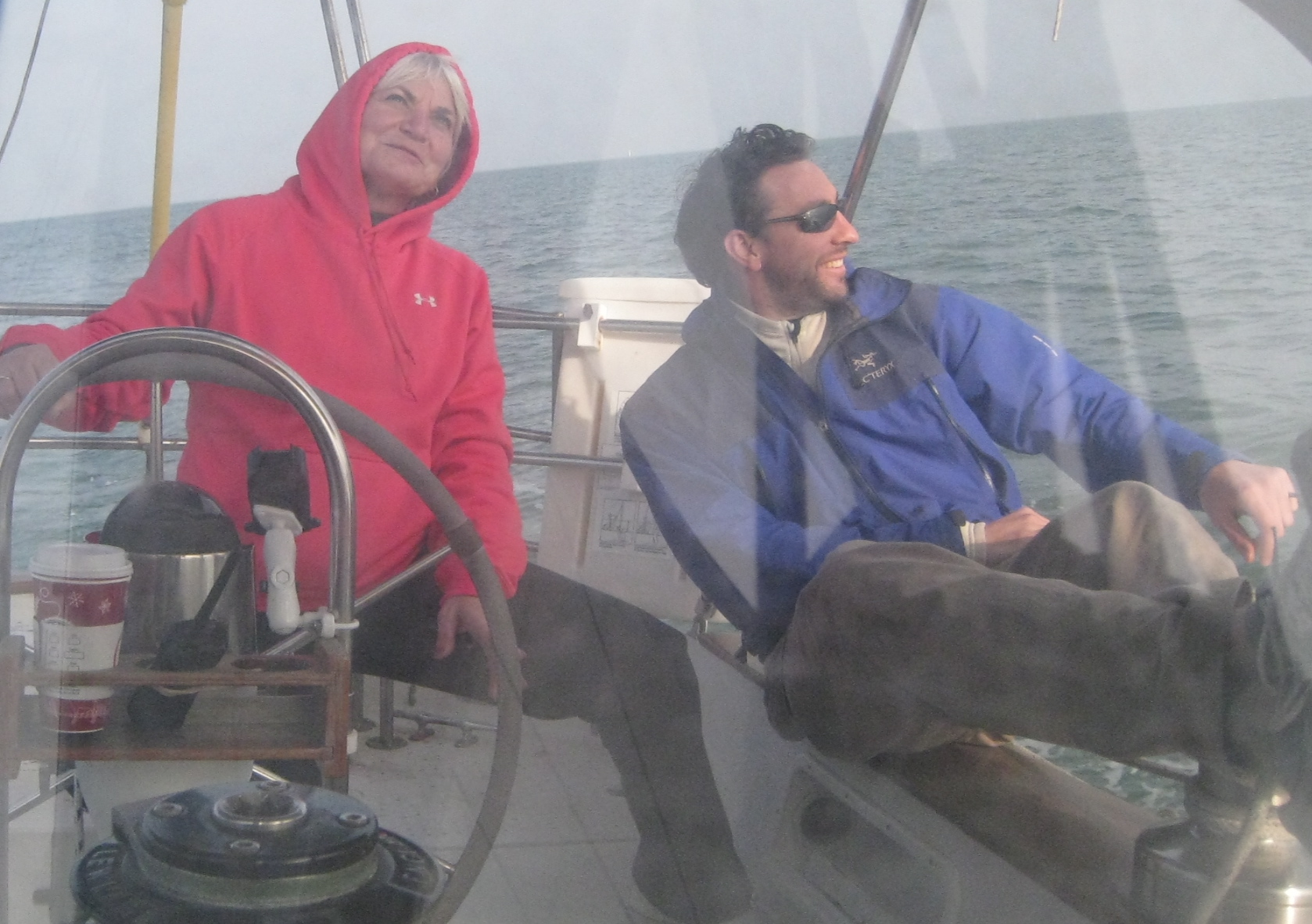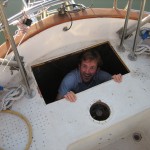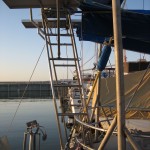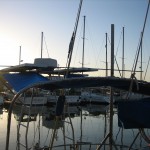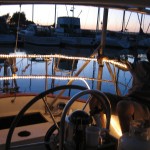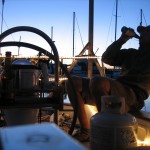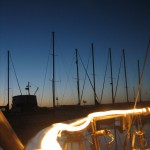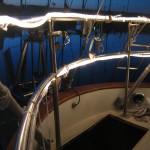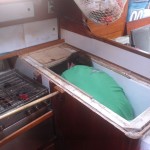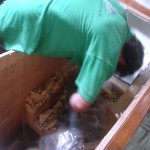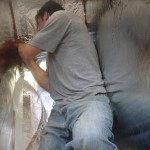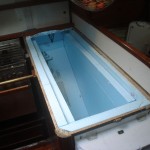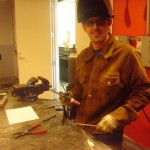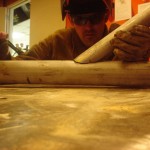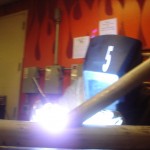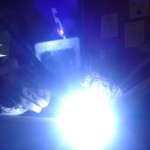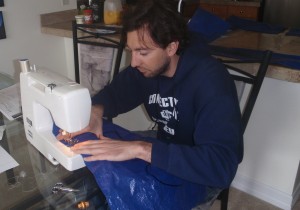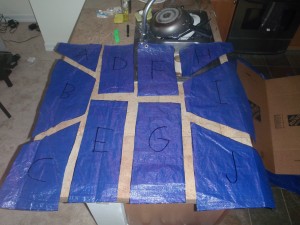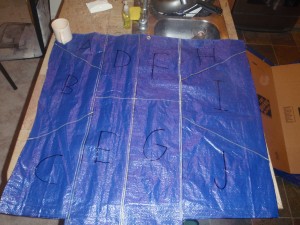“I just want my mom to approve!” I huffed to my dad as we chatted one evening on the phone, a year ago, about my plans for sailing around the world.
There. I said it. After 31 years of doing my damndest to assert my independence from my parents, I realized I wanted desperately for my mom to approve of my future plans.
Her reception, three years ago, of this cockamamy idea to go sailing around the world with my two best friends could be termed luke-warm at best. She was officially Strongly Against the Idea, for the obvious reasons. “You’re abandoning a career,” she’d said. “You should stop being so reckless. Why don’t you settle down with one of those nice girls with whom you keep finding a way to go separate ways. Why do something so dangerous?”
Her disapproval grew as our plan slowly manifested. Shortly before we bought our boat, if I wanted to even talk about the sailing venture when i called home, I had to make sure only dad was on the line, otherwise I would face grim silence. It only took a few times of sensing the steely look through the phone, and am pretty sure I sometimes heard teeth grinding together, before I realized to not bring up the topic.
I vented sometimes to my sister, admitting to her how important it was for me to have my mom say something to the effect of ‘go have a great time son!’
But why was it so important? I suppose it’s obvious, she’s my mum. I wanted them to be proud of my life, to think they had done a good job raising me, because I sure thought they had. I wanted validation that my life is worth something, and if my mom didn’t approve, then it filled me with self-doubt.
My sister’s advice was always the same: Talk to her about it. Let her know how you feel.
I couldn’t take it upon myself to face that conversation with my mom though. So, cowardly, I avoided confrontation and discussion about it.
But I sensed an olive branch at an unlikely location. My mom, dad, sister, and I were in a large children’s furniture store, surrounded by baby-cribs and pint-sized dressers, over a dozen example baby rooms perfectly laid-out with every required baby accessory, shopping for furniture for the niece on the way. My mom pointed at a large map of the world and quietly asked where we might be going. Where was our route? I sketched out an idea for her, mentioned a couple of places that I was really excited about like Thailand and India. Then I gave her a hug. I hope that hug said what I didn’t: Thanks for asking mom.” And, “I love you.” And, “Thanks for playing the role of parent and making the first step towards reconciliation.”
I felt better, but still uneasy. And so a few months later I took the next step, and asked her if she and dad would come visit me in San Francisco over Thanksgiving, the winter holiday I usually spend with the fam. She had adamantly declined previous invitations the summer prior, but this time she agreed they would come out.
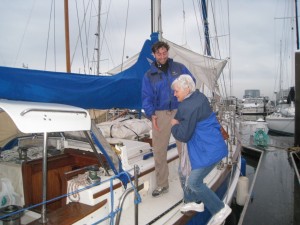
Three months later, my mom stepped aboard Syzygy. I showed her around the boat, pointing out work we had done, highlighting our safety improvements as well as some of the things I had learned along the way.
“See these wires, Mom? They’re called stays and we put in brand new over-sized ones all around the boat so our boat would be super-strong. The deck is a little slick right now, but we are going to put down a new rough surface so that it’s safer to walk around on. See these? They’re called fairleads and I helped install them. Hey Mom, check out the engine room! This is what I love learning about. Let me show you.” I watched her furtively but intently, assessing her eyes, her noises, her tone. ‘What was going through her head?’ I wondered.
I’m quiet by nature and often hold emotions inside; a trait I inherited from my mother. So she was hard to read as she walked around the boat listening to me blather on anxiously. But I think seeing the boat drove home that this concept I had been talking about for three years was real. After seeing the boat, seeing the work and effort put into the boat, and hearing about the learning derived the experience, I think it came through that this wasn’t just a larger version of the carefree adventures we had taken so frequently in the past that, in the end, are individually trivial and superficial. Jonny, Matt and I had worked hard at creating the opportunity for a life-changing experience involving enormous sacrifice and choices, and that we would emerge afterwards with an experience that would profoundly affect us; this will be a time of such greater import than the week-long climbing getaway. I think the enormity of our collective effort was made real when she saw the boat. Or realized that I define those superficial carefree trips, but this trip, this trip will end up being part of what defines me, and by extension, a reflection of the values she raised me in me. Values of which I am extremely proud.

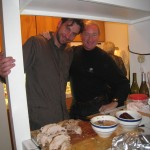
The next day, Matt and I treated my parents to a Thanksgiving dinner. I’d never been in charge of a Thanksgiving meal before, though in the past I had taken on such important T-day duties as setting the table, making ice-tea, and heating up bread. Despite repeatedly being ordered to stay out of the kitchen under threat of being cut off from the wine, most of my pictures from Thanksgiving have somebody posing for a picture, and my mom in the background, in the tiny kitchen quietly trying to help. In the end, Matt came through with a stellar turkey, my side dishes were generally a winner, and the meal was a success.
The next day was another big day. We were going sailing. Matt played an excellent role of knowledgeable captain, correctly intuiting such a role would help put minds at ease. Not that he was acting; he was just being clear in his captain-worthiness. This was the first time that any of us had taken the parents sailing, and the wind was perfect for it. Enough wind that we were able to move along at 5-6 knots, but not too strong. We rarely heeled over much, allowing everyone onboard to walk around without having to hold on for fear of falling over.
As we sailed out through the bay, I talked to my mom about the wind, the sails, work to be done and plans that we had. We relaxed. We drank some wine. We laughed. And finally came the moment that happens whenever we have someone new on the sailboat.
“Would you like to take the helm for a while mom? I’ll be right next to you. It’s a great feeling.”
She demurred initially, but with some more prodding from my dad and I, eventually wrapped her little hands around the wheel. I could tell she enjoyed it. Enjoyed the wind in her hair. Enjoyed feeling the pressure on the wheel from water sliding over the rudder. And at that moment, I felt like everything became O.K.. She was silently saying, “Go have a great time son.”
Happy Mother’s Day mom. I love you.
